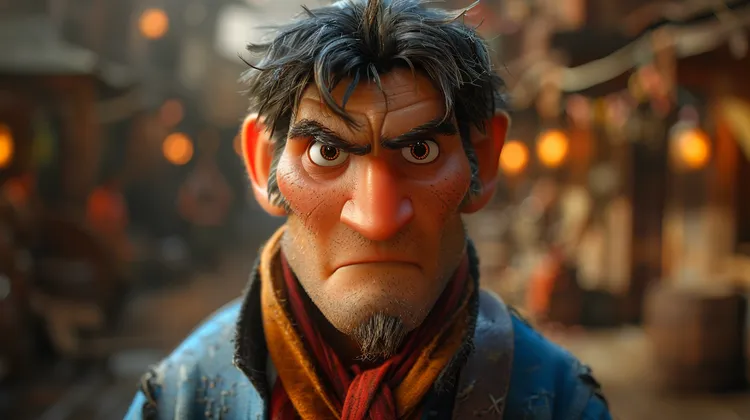Kenny Schachter, a prominent art dealer and curator, recently sat down to reflect on the past, present, and future of blockchain in the art world. As one of the early adopters of blockchain technology, Schachter has witnessed its evolution and potential impact on the art industry firsthand. In his thought-provoking discussion, he emphasizes the significance of embracing blockchain as a tool for transparency, authentication, and provenance in the art market.
Looking back at the past, Schachter reminisces about how blockchain technology initially captured his attention due to its potential to revolutionize the way art transactions are conducted. The decentralized nature of blockchain allowed for secure and tamper-proof record-keeping, a vital aspect in an industry where fraudulent practices and lack of transparency have long been persistent issues. By utilizing blockchain, Schachter believes that there is an increased potential for fair and accurate transacting, minimizing the risk of fraud and ensuring proper attribution for artists.
Moving on to the present, Schachter recognizes that blockchain technology in the art world is still in its infancy. Although there have been significant advancements, such as the development of platforms that enable fractional ownership and the tokenization of art assets, he acknowledges that widespread adoption and integration of blockchain within the art market is still a work in progress. Despite the challenges, Schachter remains optimistic, underscoring the importance of active collaboration between art market participants, artists, collectors, and technologists in order to drive innovation and overcome hurdles.
Furthermore, Schachter highlights the role of blockchain in improving the provenance of artworks. Historically, tracing an artwork’s provenance has been a daunting task, often plagued by gaps in information and contradictory records. Blockchain has the potential to provide a transparent and immutable ledger, allowing for a comprehensive and irrefutable account of an artwork’s journey through time. This enhanced provenance not only benefits collectors and buyers but also greatly contributes to the preservation of art history.
Delving into the future, Schachter envisions even greater possibilities for blockchain technology in the art industry. He believes that the integration of smart contracts, which are self-executing agreements recorded on the blockchain, can revolutionize the way artists are compensated for their work. Smart contracts would enable artists to receive royalties every time their artwork is resold, ensuring that they continue to benefit from their creative endeavors long after an initial sale.
Moreover, Schachter suggests that blockchain technology can pave the way for a more inclusive and accessible art market. With the advent of fractional ownership and the tokenization of art assets, art investment can become more democratic, allowing a wider audience to participate and invest in the art market. This democratization can potentially disrupt the traditional power dynamics within the art world and provide a platform for emerging artists to gain recognition without being limited by established gatekeepers.
In conclusion, Kenny Schachter’s reflection on blockchain arts past, present, and future paints an intriguing picture of the potential impact of this technology on the art industry. With increased transparency, improved provenance, and the potential for inclusive market participation, blockchain has the capacity to transform the way we perceive, create, and transact art. As the art world continues to explore and embrace this technology, it is evident that blockchain will play a crucial role in shaping the future of the arts.




Smart contracts may benefit artists, but it also means giving up control over their work. It’s a slippery slope.
Stop hyping blockchain in the art industry. It’s not the magical solution that will save the declining market.
The art industry has survived for centuries without blockchain. Why do we need it now?
Kenny Schachter’s reflection on blockchain and the art industry is inspiring. This technology truly has the potential to transform and shape the future of art. 🚀🎉
The present challenges of widespread adoption and integration may be tough, but Schachter’s optimism is contagious. Collaboration between all stakeholders is crucial for driving innovation in the art market. 💪
Exciting future prospects! Smart contracts in the art industry would be a game-changer, ensuring artists receive proper compensation for their work. 🖌️💰
Blockchain won’t solve the underlying problems of the art market, such as the lack of support for emerging artists.
I’m skeptical about the potential impact of blockchain on the art world. It seems like a lot of empty promises.
This article is a load of hype! Blockchain has been around for years, but it’s still not making a significant impact in the art world.
Enhanced provenance through blockchain sounds good in theory, but how can we trust that the information recorded is accurate? It’s just another layer of complications.